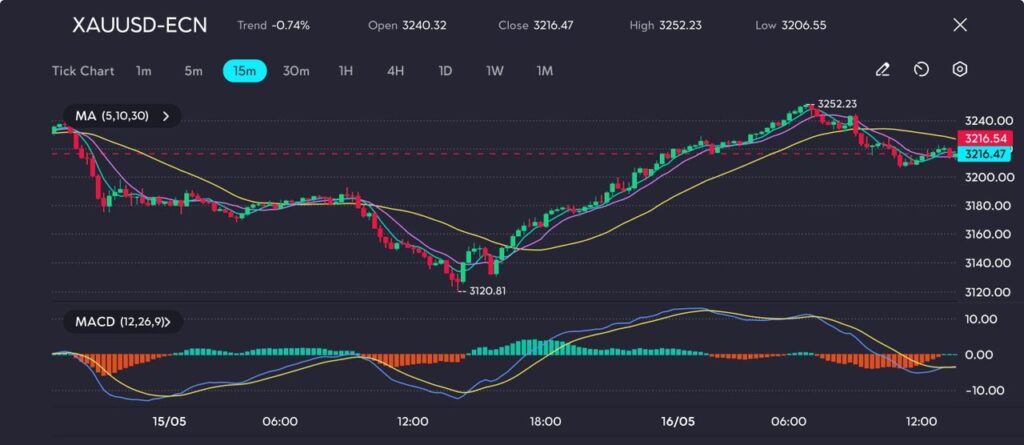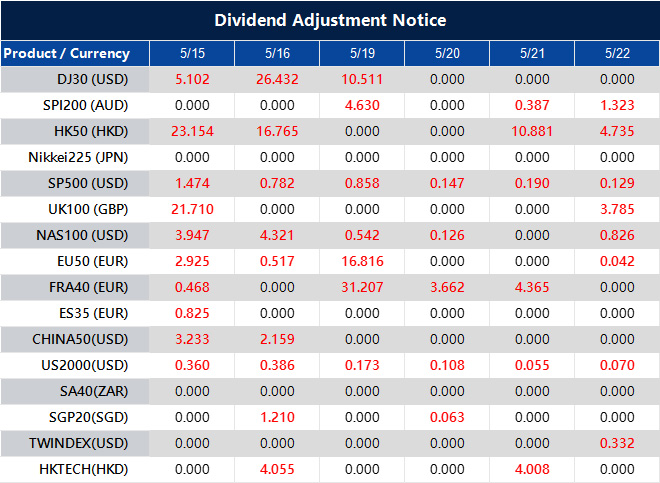Gold prices slipped to $3,216 per ounce on Friday, pressured by diminished demand for safe-haven assets as global sentiment improved in response to several diplomatic advances. The precious metal is heading for a weekly decline of over 3%, having retreated from an earlier session high of $3,252.23.
The principal catalyst for the pullback was a temporary thaw in trade relations between the United States and China, with both nations agreeing to suspend tariffs for 90 days. This gesture eased investor concerns over the potential economic fallout from extended protectionist policies, at least in the near term.
Other geopolitical flashpoints appear to be stabilising, adding to the pressure. A ceasefire between India and Pakistan remains intact, and although peace negotiations between Russia and Ukraine have stalled, they have not sparked renewed flight-to-safety behaviour in the markets.
Nonetheless, the macroeconomic backdrop remains broadly supportive of gold. Recent US inflation data came in softer than expected, strengthening the case for the Federal Reserve to commence interest rate reductions, potentially twice before the year’s end. Markets are currently factoring in 50 basis points in rate cuts, possibly starting as early as July.
However, Federal Reserve Chair Jerome Powell urged caution in his latest remarks, warning that inflation may become increasingly erratic due to continued supply-side disruptions. This uncertainty could make it more difficult for central banks to maintain price stability and, in turn, renew investor interest in gold as a hedge against monetary policy volatility.
Technical Analysis
Gold prices initially extended their rebound, surging from a session low of 3120.81 to test resistance at 3252.23 before retreating. The strong upside move was supported by a bullish MACD crossover and upward momentum through the 5-, 10-, and 30-period moving averages on the 15-minute chart. However, the rally lost steam just below the 3260 mark, where sellers re-entered the market.

Following the peak, bearish pressure set in, sending gold back below the 30-period MA and prompting a corrective pullback toward the 3215 area. The MACD histogram has flattened, and the signal lines are converging, suggesting the rally may be pausing. Immediate support lies around 3206, while resistance remains firm near 3250. A break below 3200 could open the door to 3180, whereas a bullish resurgence above 3252 would revalidate the uptrend.
Cautious Outlook
In the short term, gold may struggle to regain its upward momentum amid improving risk appetite and subdued inflationary pressures. That said, lingering geopolitical uncertainties and evolving monetary policy expectations continue to provide underlying support. Any setbacks in trade discussions or renewed volatility in inflation could revive demand for gold as a defensive asset, with the $3,160 level likely to act as a key floor.
Create your live VT Markets account and start trading now.





